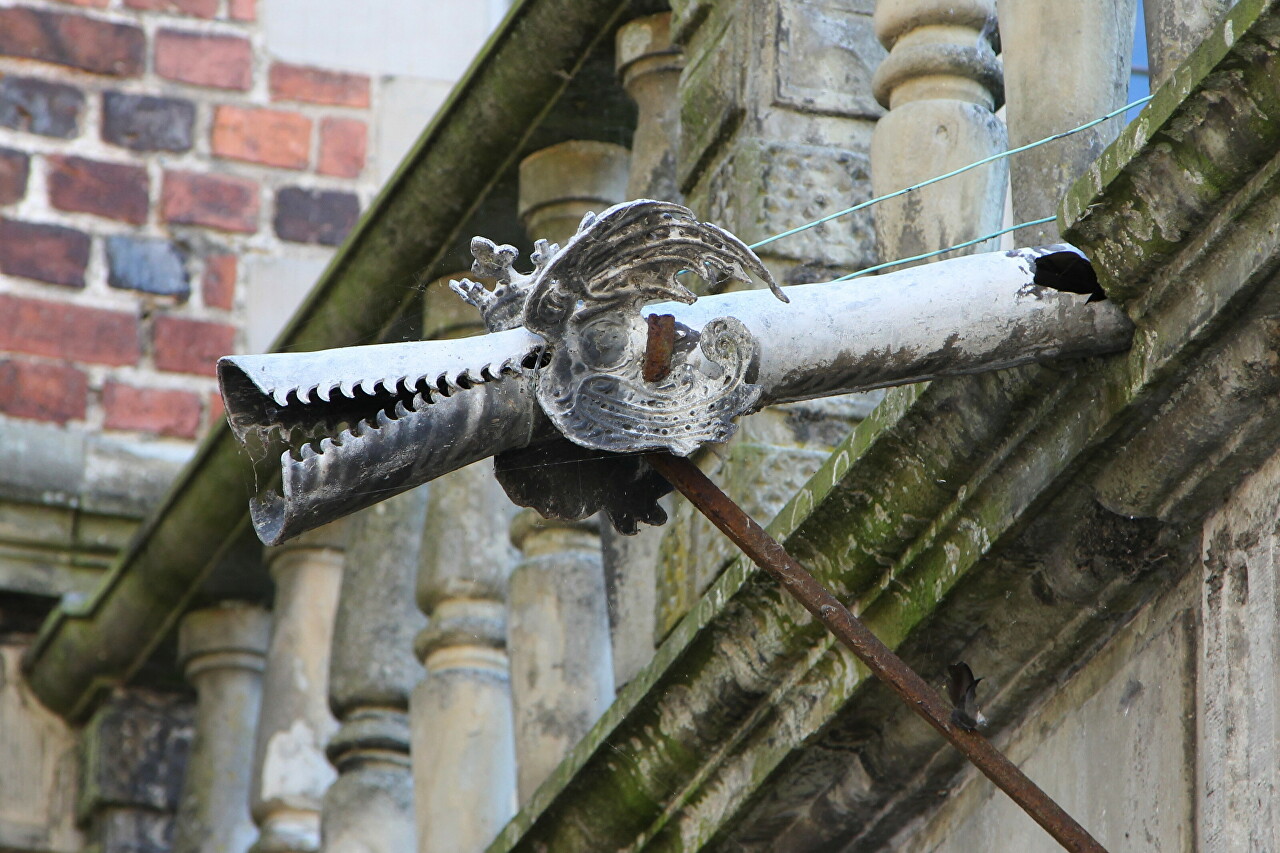Frederiksborg Castle Inner Court
The Royal Palace is located on the third island, which can be reached by a bridge over a wide moat channel. The gate, decorated with the monogram of Christian IV, was built in 1610. The building has three wings. The construction of the castle-palace in the Dutch Renaissance style began in 1599 and was led by renowned Danish architects Hans and Lorents van Steenwinckel. The new castle lived a peaceful life for about 40 years, until the war with Sweden began. The palace was captured by Swedish troops in 1657 and looted, and many art objects were taken to Stockholm as war trophies. After the end of the war in 1659, work began on the restoration of the palace, which was completed only in the 80s of the 17th century, during the reign of Christian V. For this reason, Christian V became the only monk anointed to the throne outside the walls of Frederiksborg, while the other kings received the ceremony in the castle chapel. The facade of the Royal Wing is a gallery decorated with marble sculptures. On the left side of the Royal Building there is a Knight's Hall, the interiors of which fully correspond to the decoration of the time of the first owner of the palace, Christian IV. Almost a hundred fireplaces were used to heat the rooms, and during the time of King Frederick VII, on the night of December 17, 1859, one of them caused a huge fire that destroyed most of the building's interiors and magnificent art collections. The Danish authorities allocated funds for repairs, and private individuals supported the restoration of the castle. The most significant contribution was made by the owner of the Carlsberg brewery, Jacob Jacobsen, who proposed making a state-level museum out of the palace. The work was completed two years later, and the palace was opened to the public on February 1, 1882, being named the Museum of National History. Currently, the museum contains paintings, tapestries, furniture, tableware and other objects from four centuries of Danish history. In 1993, the halls of the museum were replenished with works by contemporary artists, which occupy the entire third floor of the southern and eastern wings of the castle. From the south, the courtyard is separated from the canal by a gallery built in 1610, under the arches of which there is a collection of sculptures. The gallery is decorated with drains made in the form of toothy dragons.
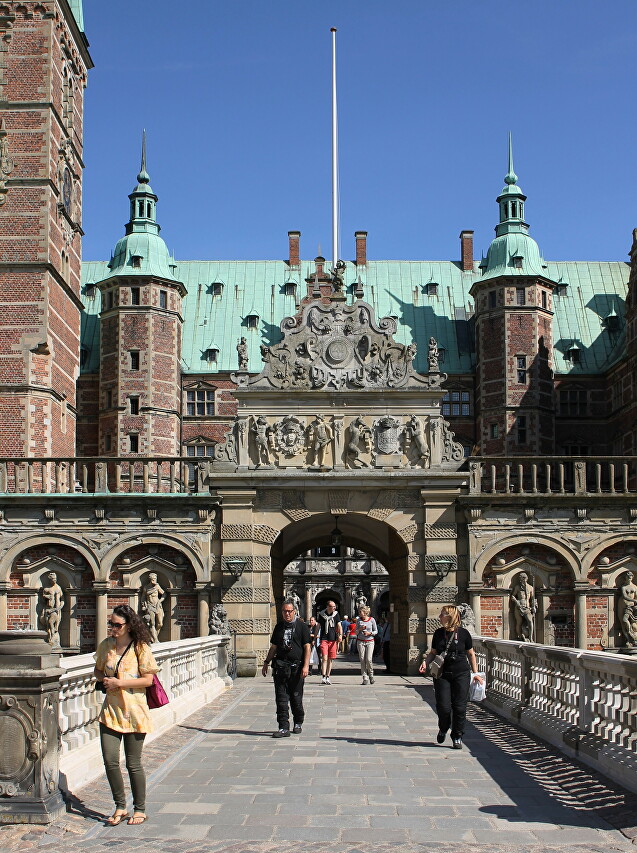
..
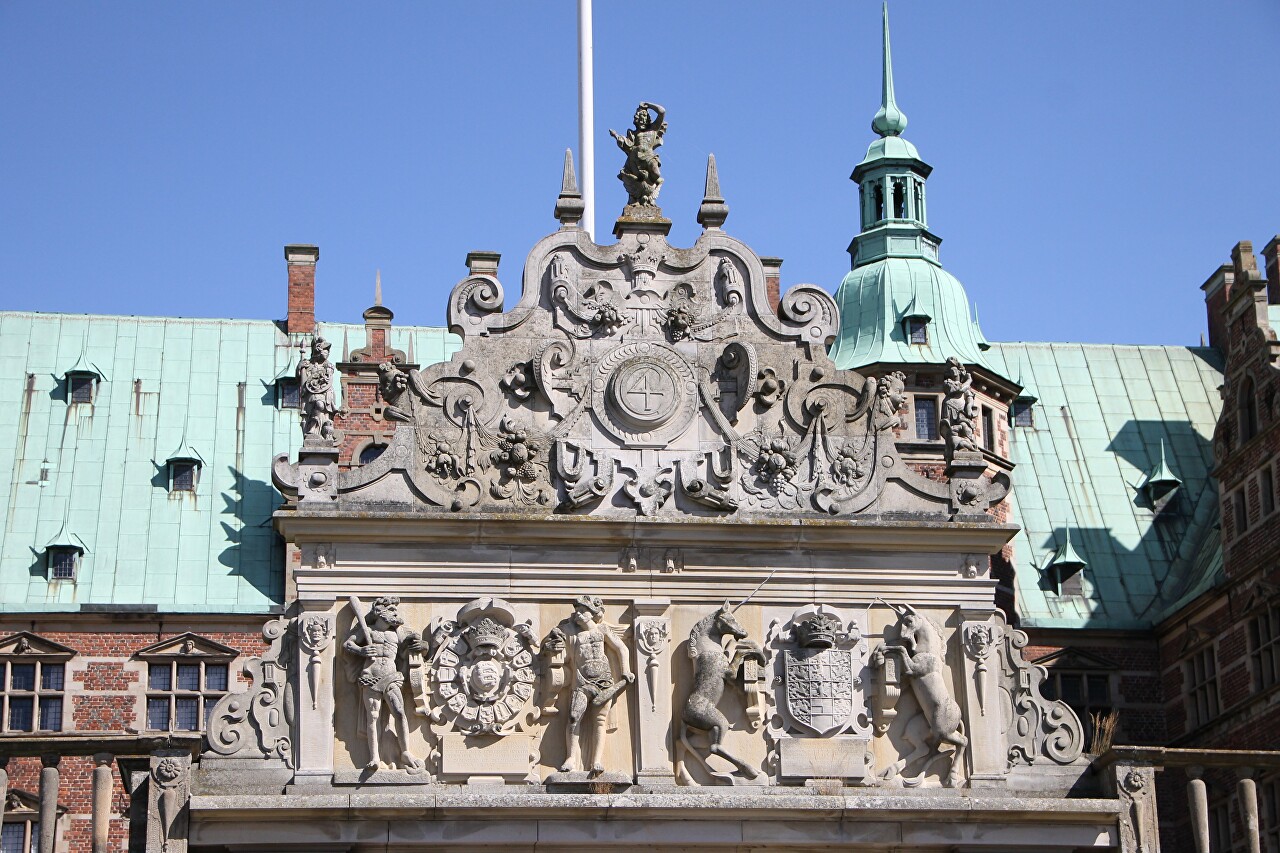

..

..
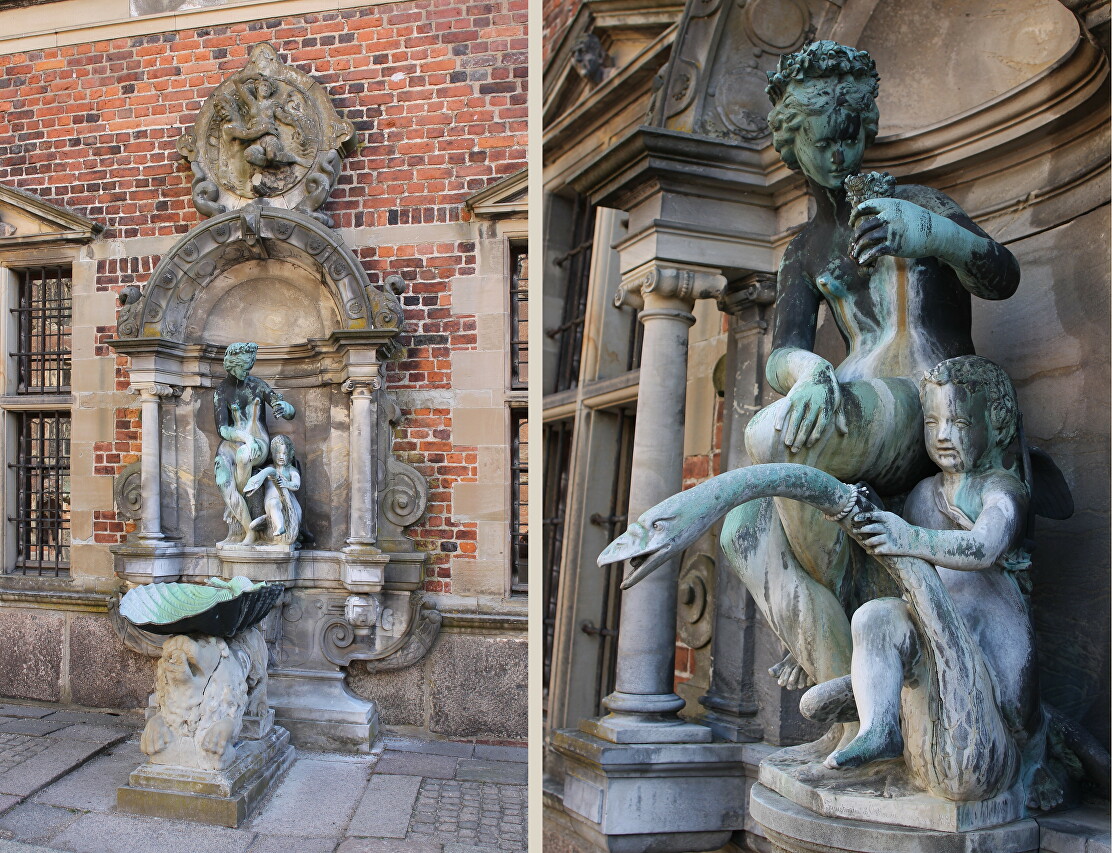
..
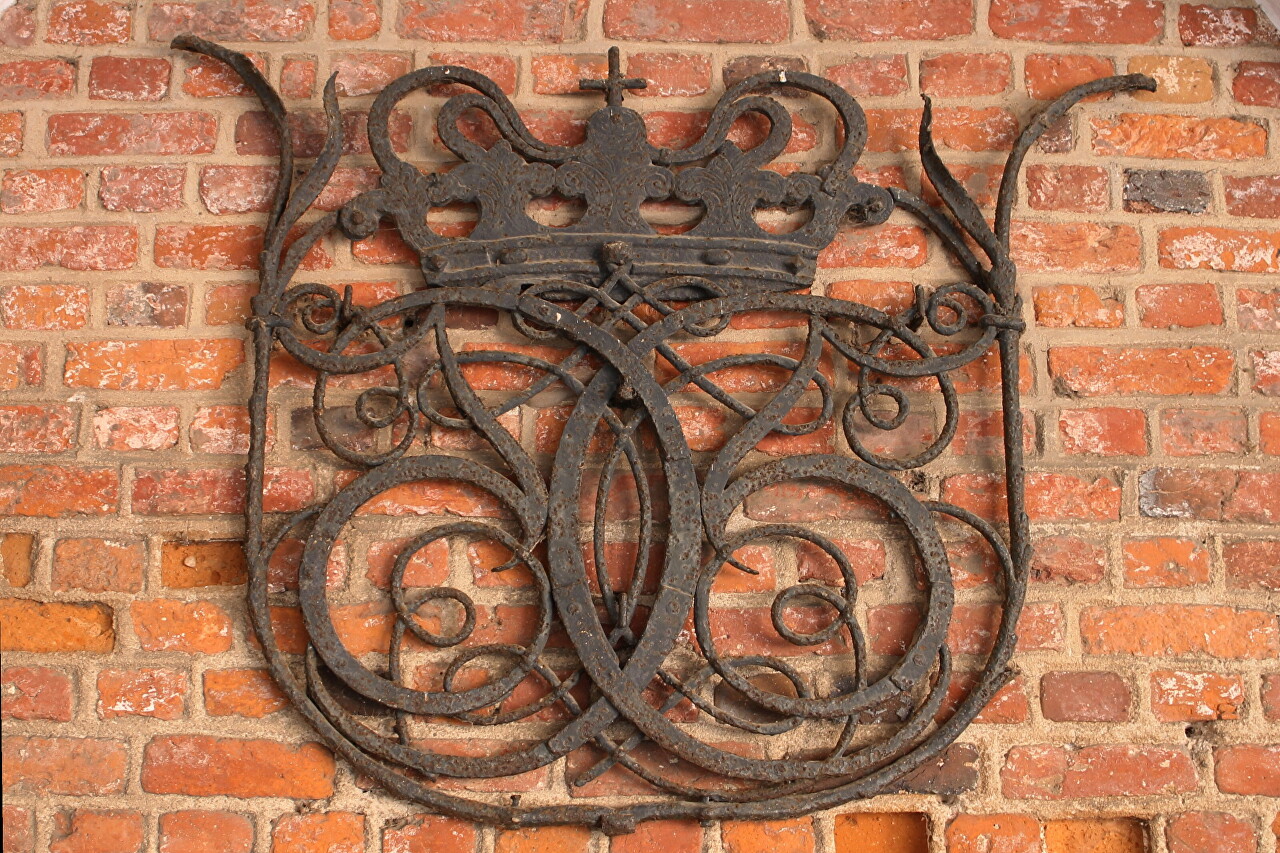
..
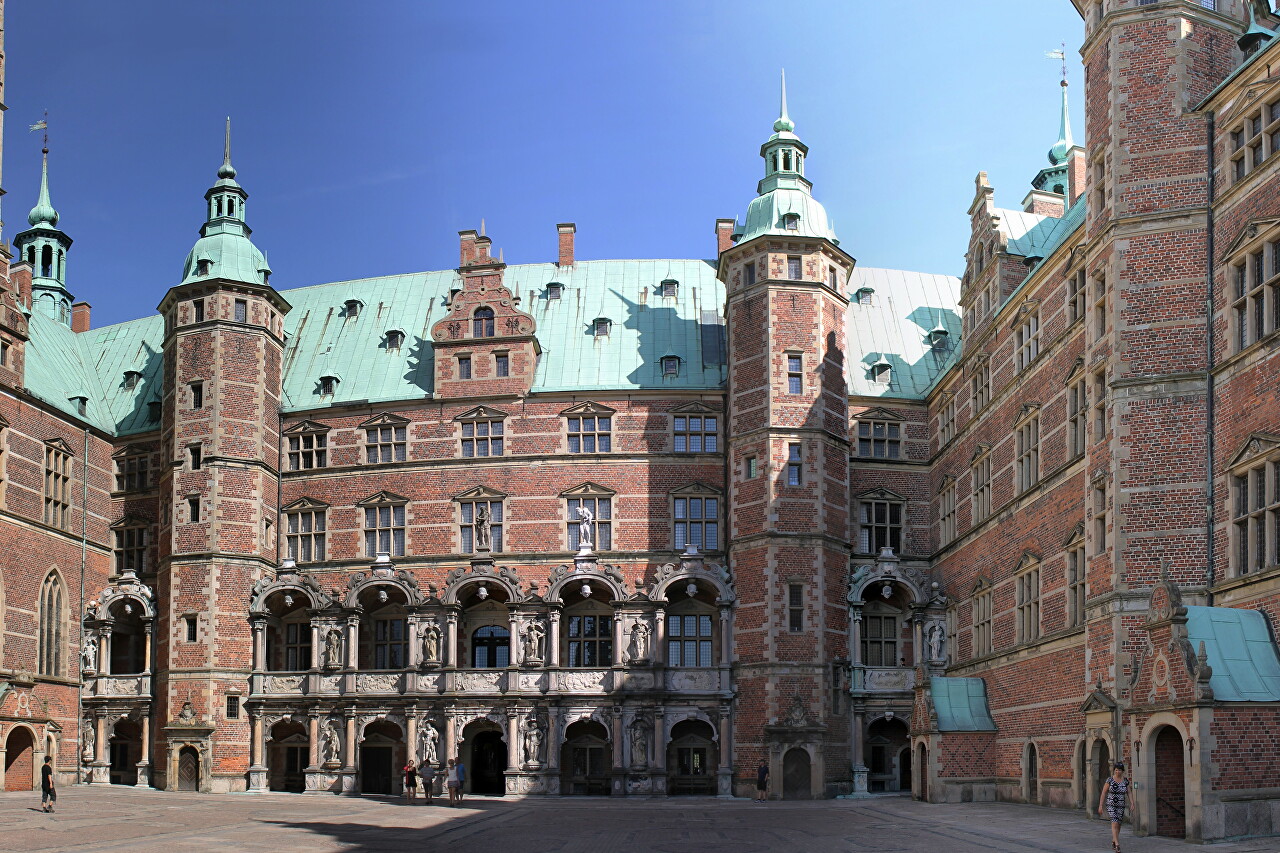
..
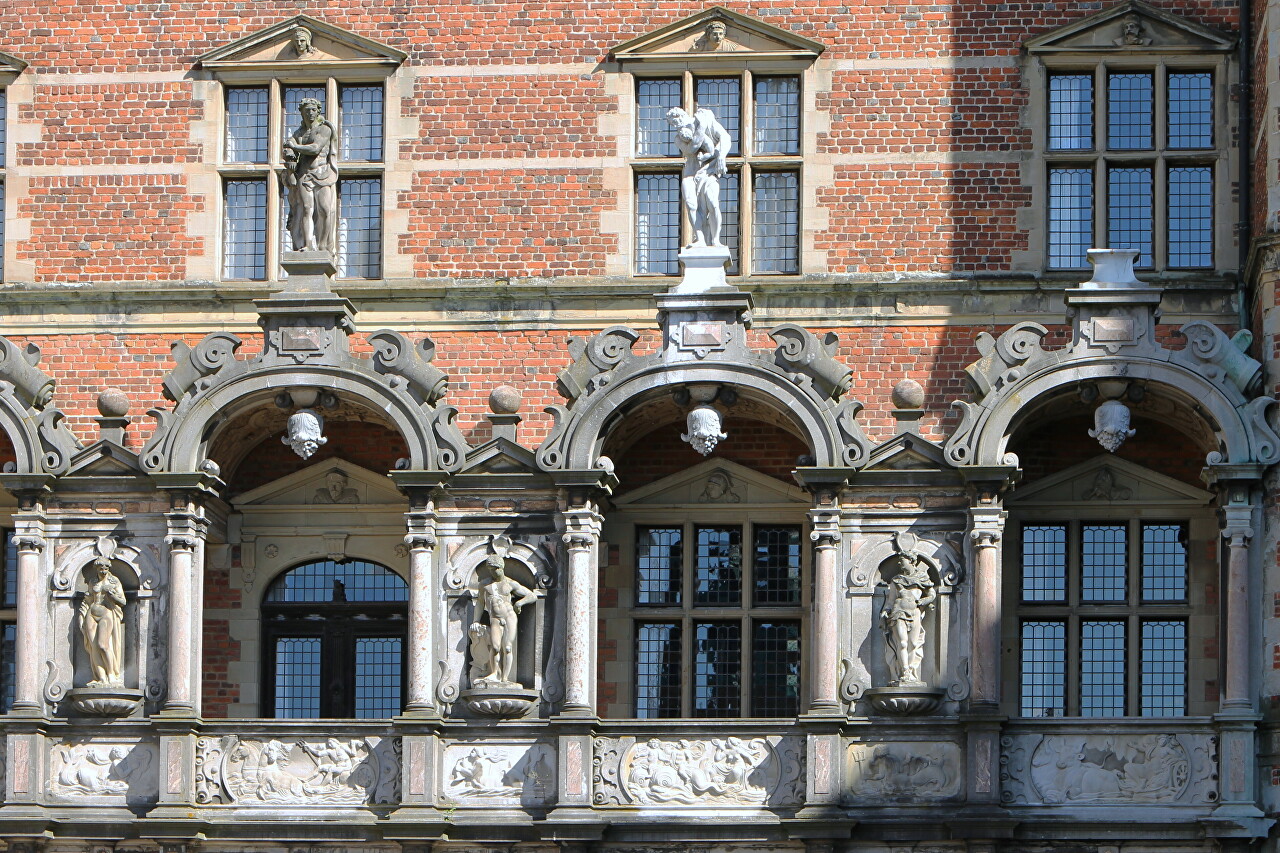
..

..

..
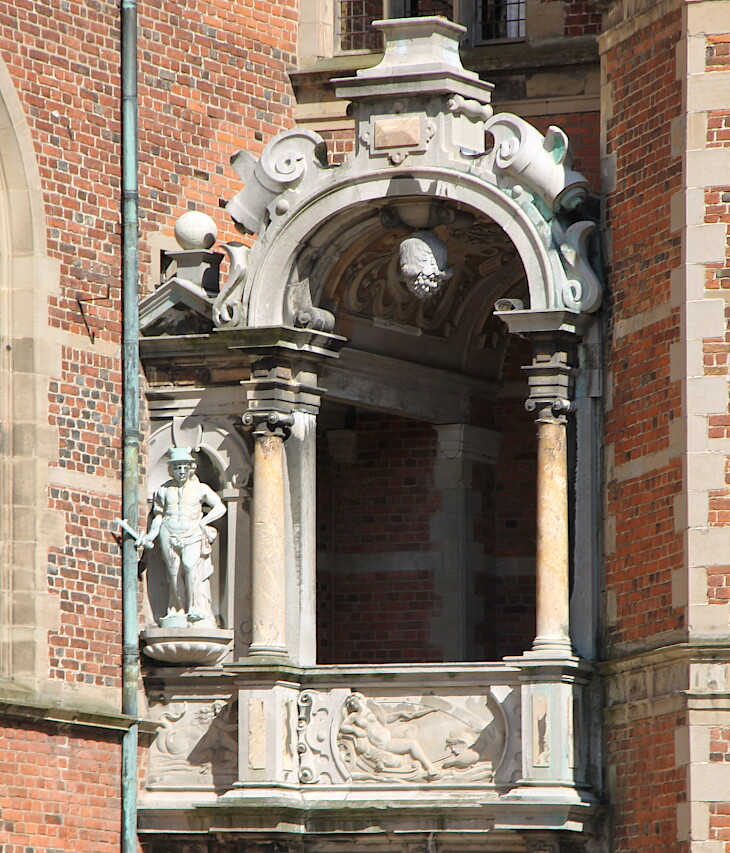
..
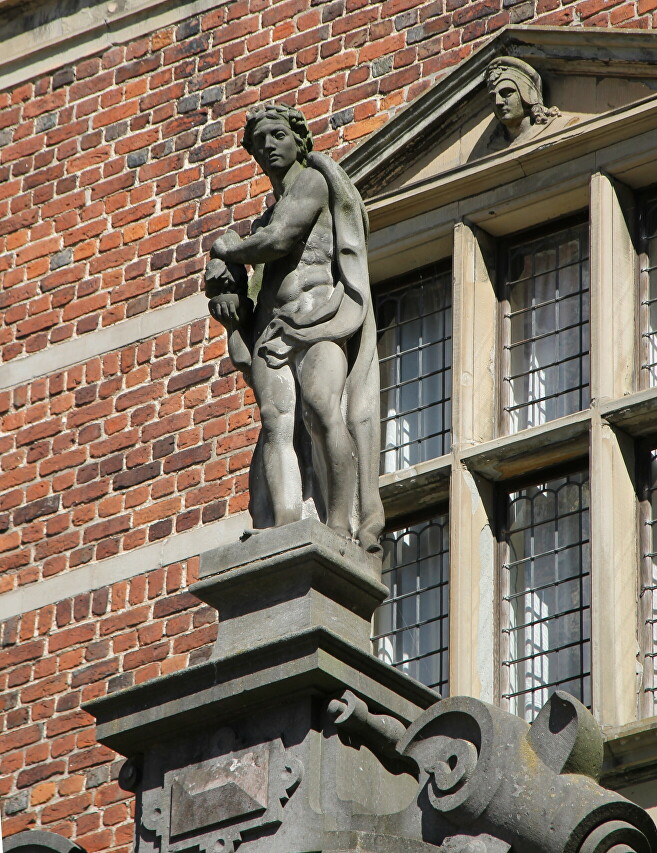
..
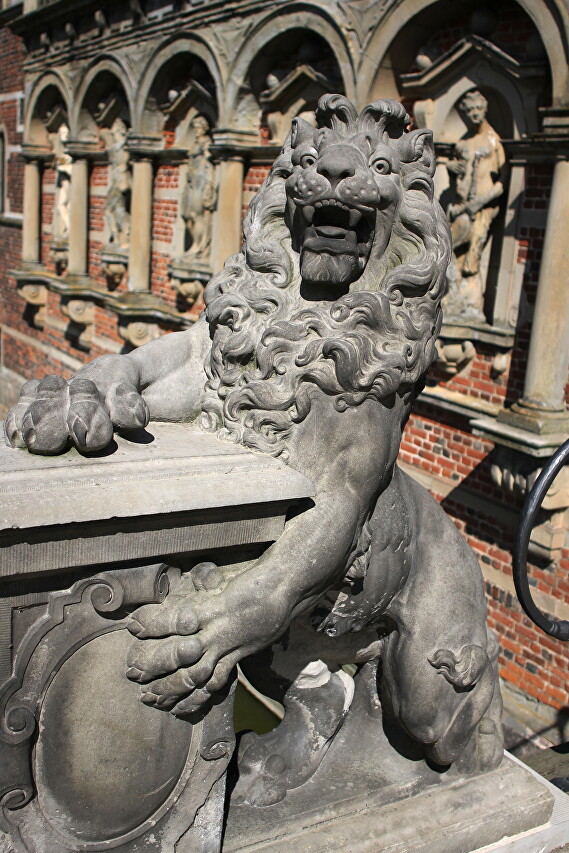
..
